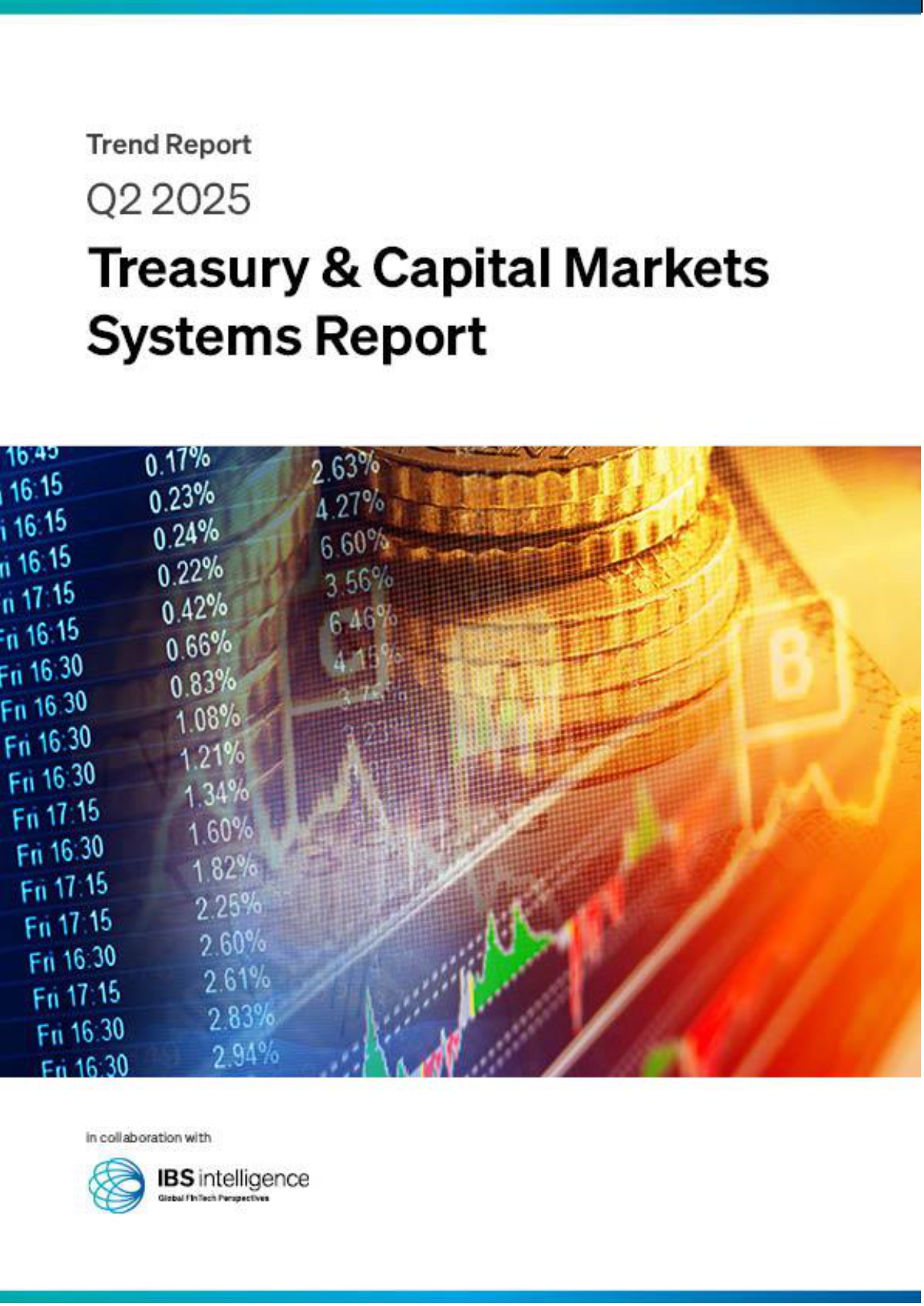 Back
Back
Network tokenisation revenue to hit $8.9bn by 2029, fueled by click to pay, study shows
By Puja Sharma
 A new study by Juniper Research, a FinTech and payment markets expert, has revealed that global network tokenisation revenue is set to reach $8.9 billion by 2029—representing a 117% increase from $4.1 billion in 2025. This significant growth highlights the increasing adoption of network tokens, driven by their ability to enhance security, reduce transaction costs, and improve checkout experiences.
A new study by Juniper Research, a FinTech and payment markets expert, has revealed that global network tokenisation revenue is set to reach $8.9 billion by 2029—representing a 117% increase from $4.1 billion in 2025. This significant growth highlights the increasing adoption of network tokens, driven by their ability to enhance security, reduce transaction costs, and improve checkout experiences.
The rise of network tokenisation
Network tokenisation is a security measure that replaces sensitive card details with unique digital tokens generated by card networks. These tokens serve as virtual representations of payment credentials, ensuring that actual card information is never exposed during a transaction. By mitigating fraud risks and reducing payment processing costs, network tokenisation has become a key innovation in digital payments.
Juniper Research attributes the projected revenue surge to the widespread adoption of these tokens, particularly within eCommerce and online transactions. As more merchants and financial institutions recognise the advantages of network tokenisation, its implementation is expected to accelerate across global markets.
Click to Pay poised to challenge digital wallets
A key driver of network tokenisation’s growth is the increasing consumer demand for seamless and secure payment experiences. The study highlights the role of Click to Pay, an emerging payment solution designed to simplify online purchases by enabling one-click transactions. By leveraging network tokens, Click to Pay eliminates the need for manual card entry, reducing checkout friction and enhancing the customer experience.
Consumers have come to expect fast and hassle-free digital payments, with established services like Apple Pay and Google Pay setting the standard for frictionless transactions. According to Lorien Carter, research author at Juniper Research, card networks must actively promote “Click to Pay” adoption across eCommerce platforms to compete with digital wallets. The biggest challenge, she notes, will be shifting user behavior away from well-established mobile wallet services.
“We anticipate the most significant growth for Click to Pay will be in browser-based purchases, where the convenience of a one-click checkout aligns perfectly with the needs of online shoppers,” Carter stated.
Regional growth and market challenges
While Click to Pay is expected to gain strong traction in the US and European markets, where card ownership is high, it faces unique challenges in emerging economies. Markets such as Brazil and Southeast Asia present greater competition from alternative payment methods, including digital wallets and local FinTech solutions.
To drive adoption in these regions, card networks must position Click to Pay as a secure and fraud-resistant payment option. With cybercrime and payment fraud remaining key concerns in developing economies, highlighting the robust security features of network tokenisation will be crucial in gaining consumer trust.
The future of network tokenisation
As businesses and consumers continue to prioritise security and convenience in digital transactions, network tokenisation is expected to become a standard across online payments. The adoption of Click to Pay will play a pivotal role in shaping this growth, offering a fast, secure, and user-friendly alternative to traditional card payments and digital wallets.
IBSi FinTech Journal
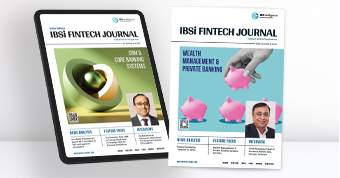
- Most trusted FinTech journal since 1991
- Digital monthly issue
- 60+ pages of research, analysis, interviews, opinions, and rankings
- Global coverage
Other Related News
Related Reports

Sales League Table Report 2025
Know More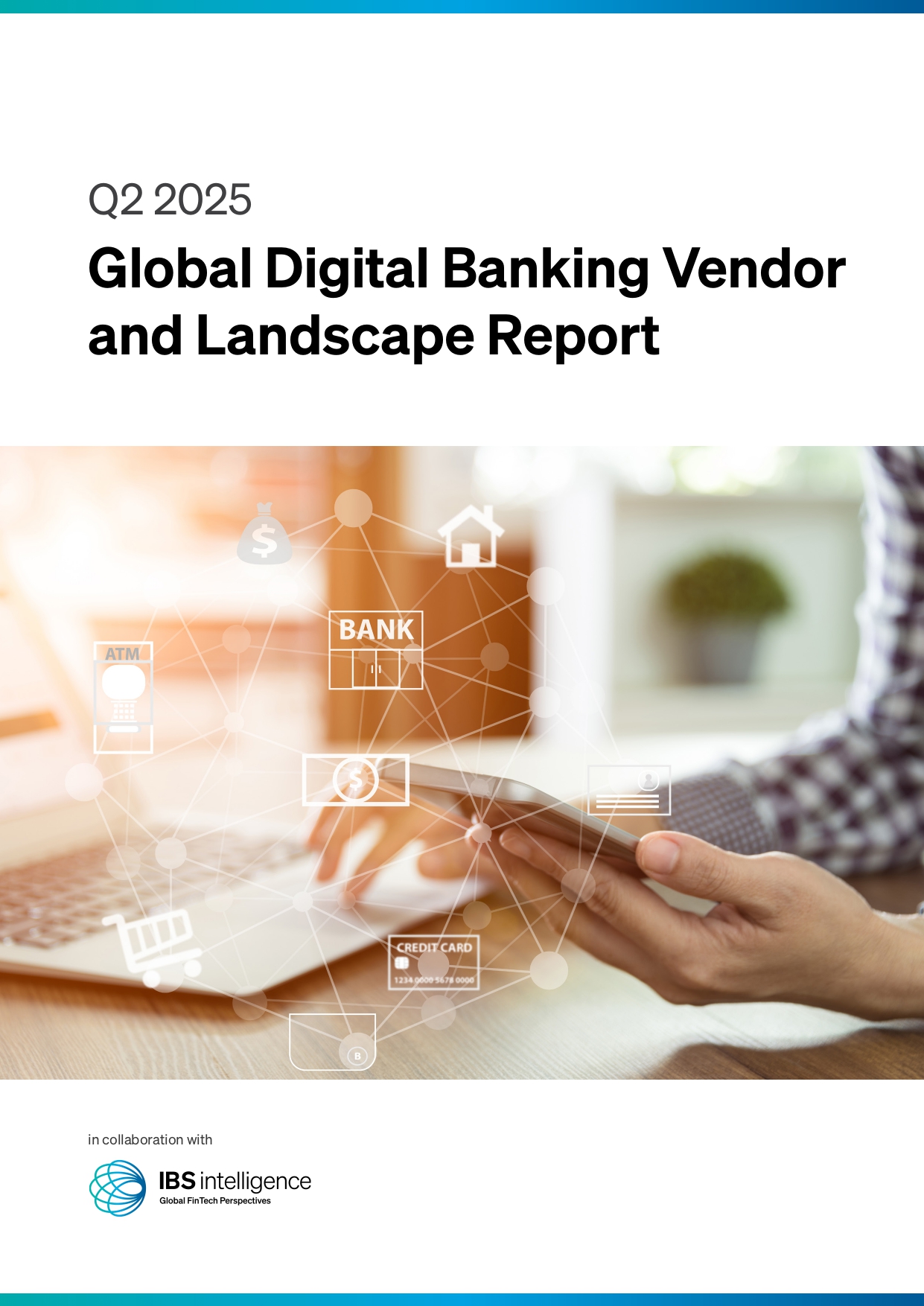
Global Digital Banking Vendor & Landscape Report Q2 2025
Know More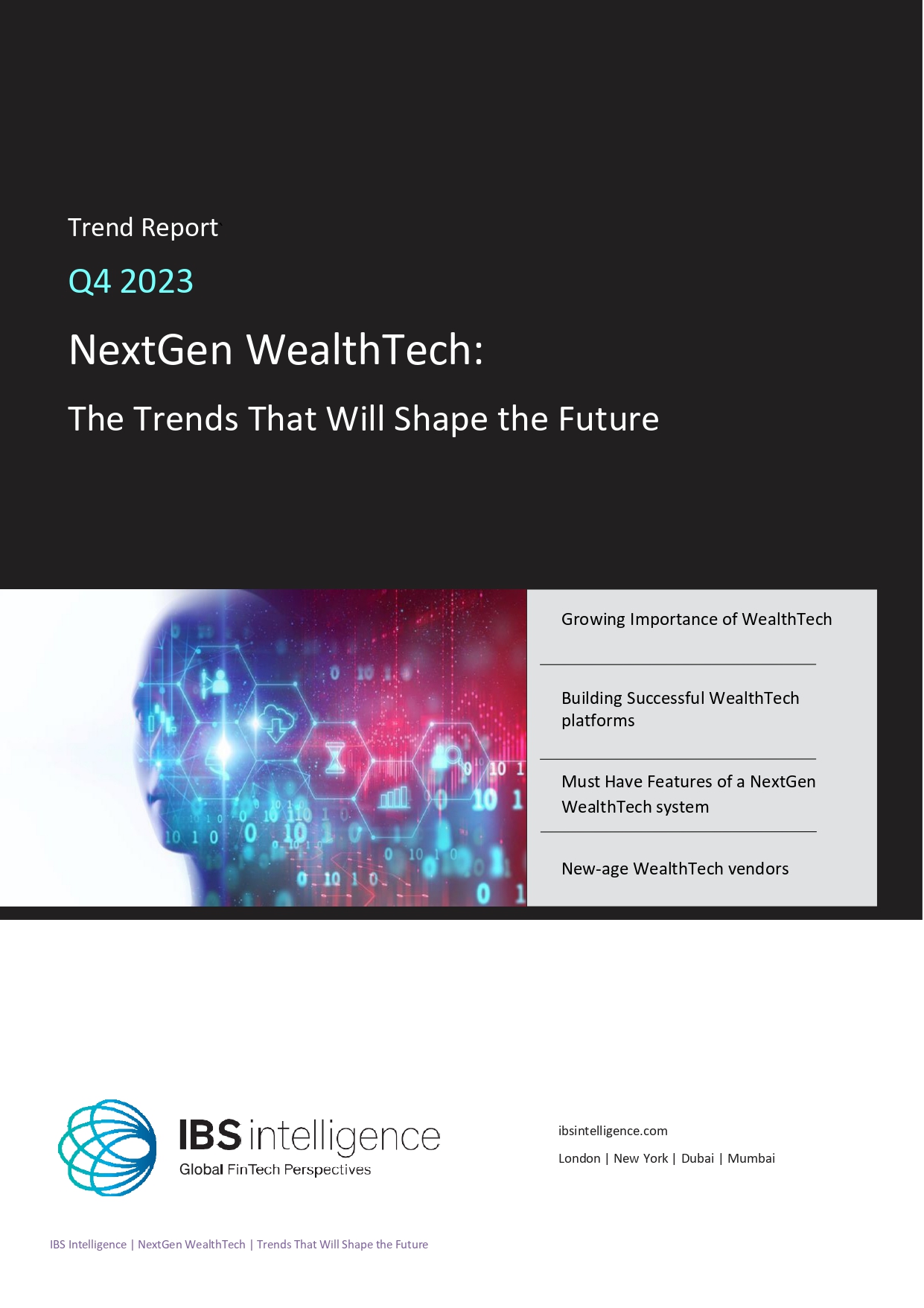
NextGen WealthTech: The Trends To Shape The Future Q4 2023
Know More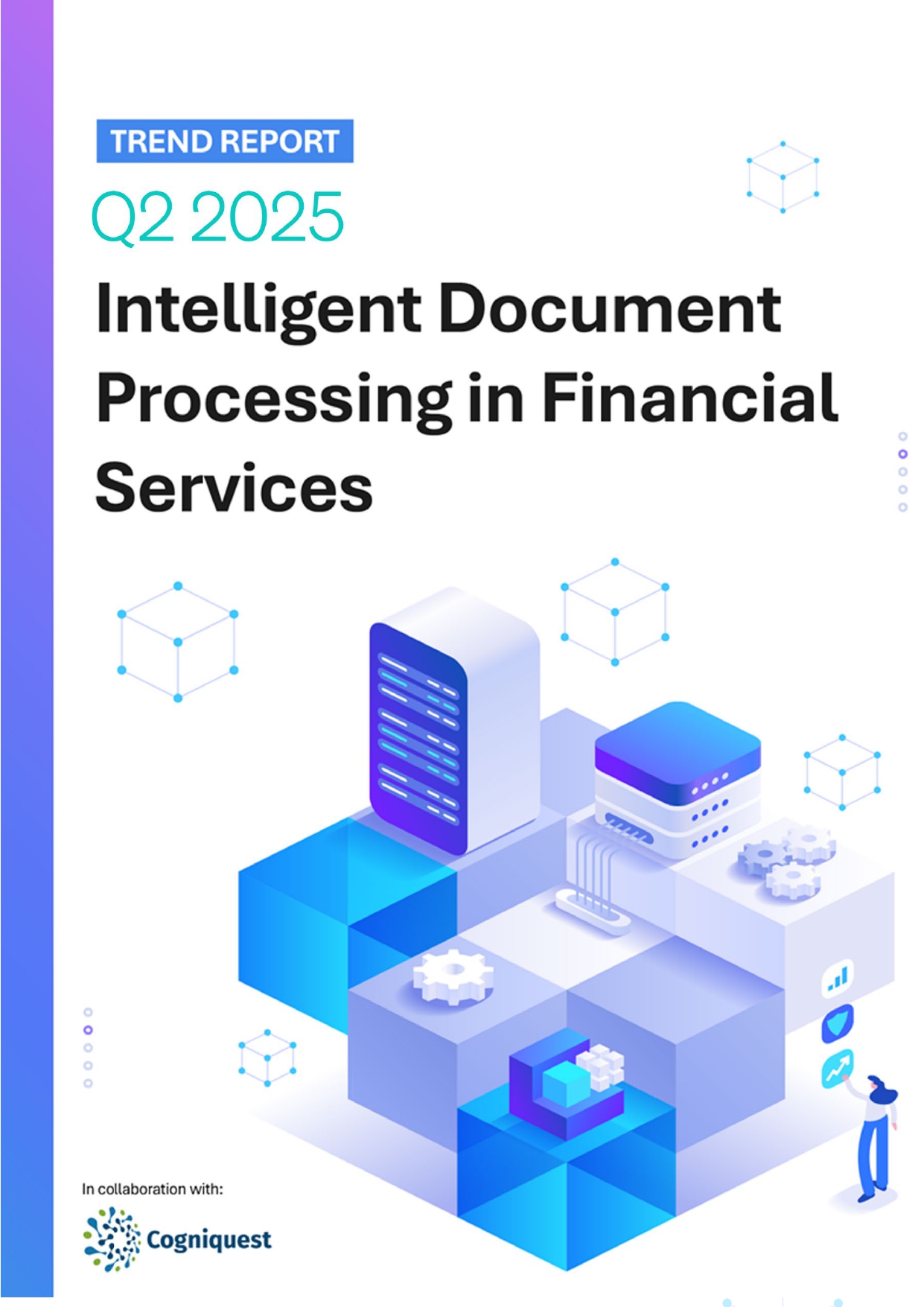
Intelligent Document Processing in Financial Services Q2 2025
Know More